Back in 2001, after decades of designing playground equipment for companies like BigToys, Iron Mountain Forge, PlayBoosters, and Kompan, I decided to try something new. I wanted to bring the spirit of real climbing into parks and playgrounds. That vision became BOLDR Climbing Systems.
What drove me was a simple idea: too many playgrounds had become so over-engineered for safety that they no longer gave kids the chance to make mistakes — or to learn from them. I believed that children need opportunities to test their limits, take responsibility, and build judgment. Climbing seemed like the perfect way to offer that kind of challenge.
Designing BOLDR
The walls we created weren’t toys — they were real climbing structures. Each section was made of steel-reinforced precast concrete, weighing two to three tons. We craned them into place like sculptures.
The TrainR System offered five unique modules — the Bend, Wall, Chimney, Overhang, and Sign — which could be used individually or combined into more complex designs. Later, with the GeoSculpt line, we took things a step further, carving realistic surfaces so kids could experience climbing that felt closer to natural rock.
I was proud of the details: UV-resistant handholds reinforced against impact, bolted down with stainless steel hardware; smooth, sealed wall surfaces that could withstand graffiti and weather. These walls were built to last.
Reception & Philosophy
When we first brought BOLDR to market, each system cost around $30,000 — a price that made sense for larger “destination parks” with ball fields, trails, and other amenities. By early 2001, about 18 systems were already installed across the U.S. and Canada, with more scheduled to follow.
Not everyone was immediately convinced. Some worried about liability and injuries. But I reminded people that the exposure was often small — many climbs were just two or three feet off the ground, with wood fiber surfacing below. More importantly, I resisted setting strict age limits. The walls themselves dictated who could use them: strength, coordination, and persistence naturally determined which children could handle which routes.
That was the heart of my philosophy: instead of eliminating risk, let children learn to assess it. The designer shouldn’t control the whole experience — the child should.
What I Learned
To the best of my knowledge, all the BOLDR walls we installed are still in service, and I’m proud of that. What I learned most from the experience, though, is that climbing is first and foremost a social activity, especially for younger climbers. It’s inspiring to sit and listen to a small group of kids identify a challenge or “problem” and then work together until the whole gang succeeds.
Today, really good climbing gyms are widely available, and that’s wonderful. But it also means that many children without the means for membership don’t have access to what I still believe is the best physical exercise kids can experience.
This reality highlights another issue: the people making decisions — recreation staff and landscape designers — often have little understanding of early childhood physical development, yet their choices will endure for generations.
Taking Stock
As a designer, scale has always mattered to me. With my invention of the modular post-and-deck concept, I saw huge success — those systems now exist on virtually every playground. Climbing walls didn’t achieve the same reach, but I’ll take that success as a win.
BOLDR may no longer be in the marketplace, but its spirit lives on in the children who climbed, problem-solved, and grew stronger on those walls. For me, that’s legacy enough.

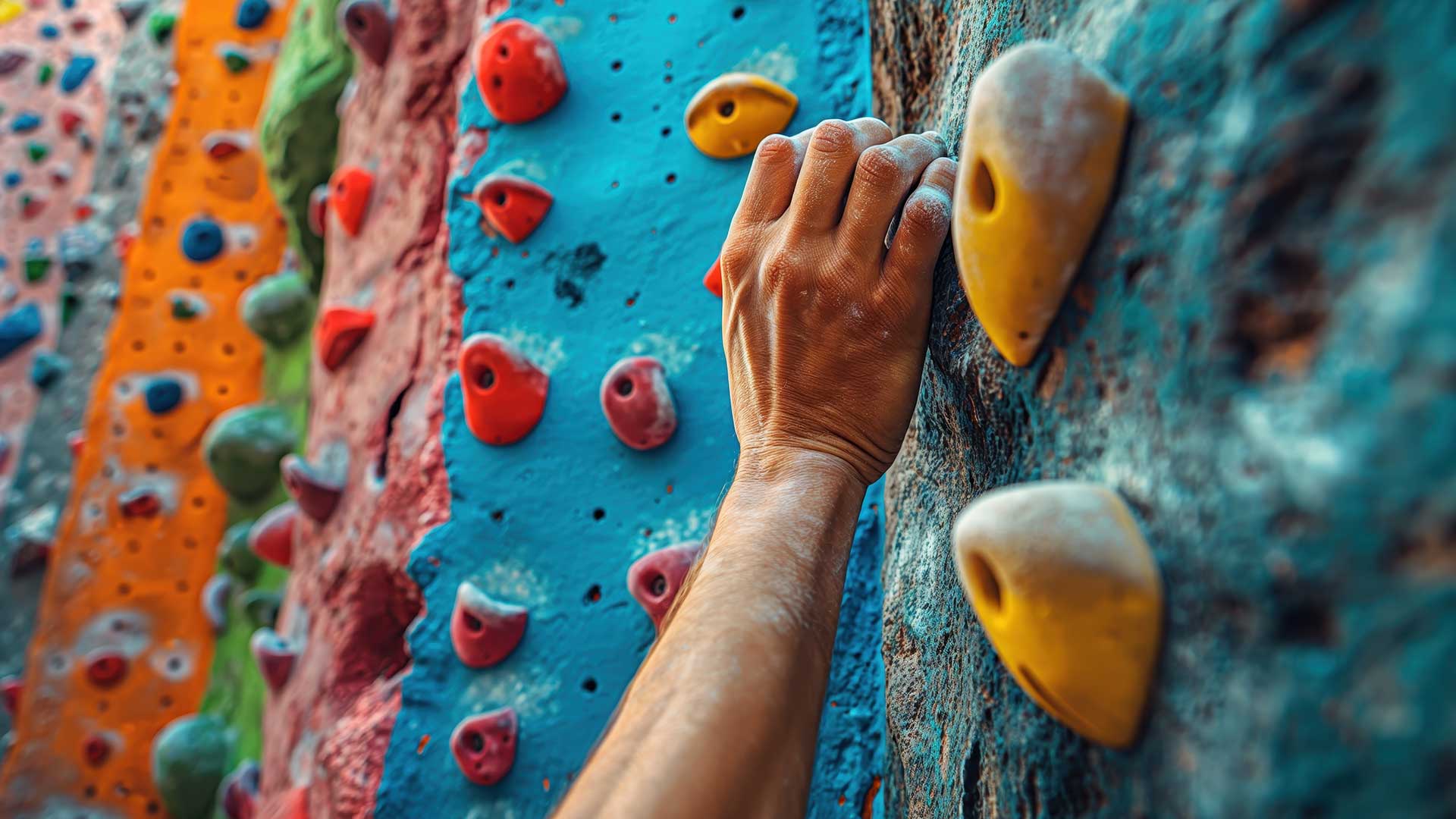

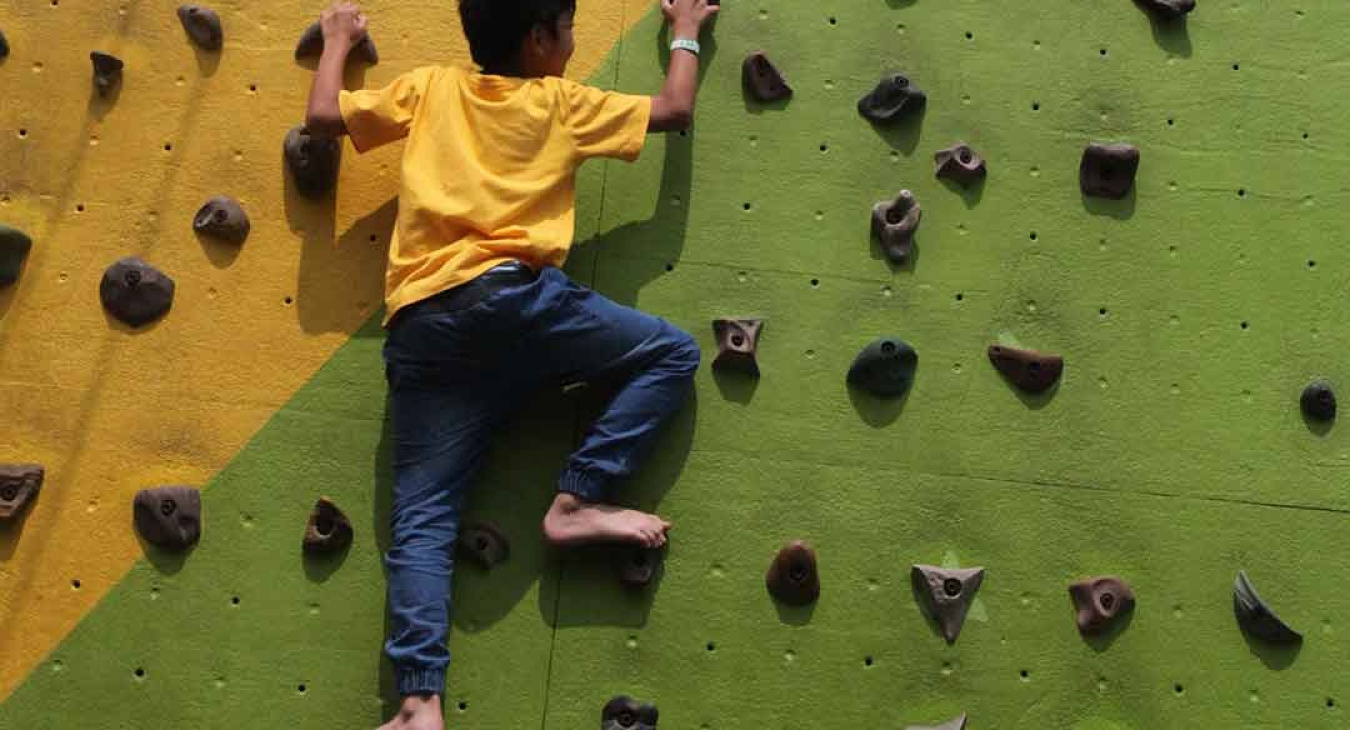
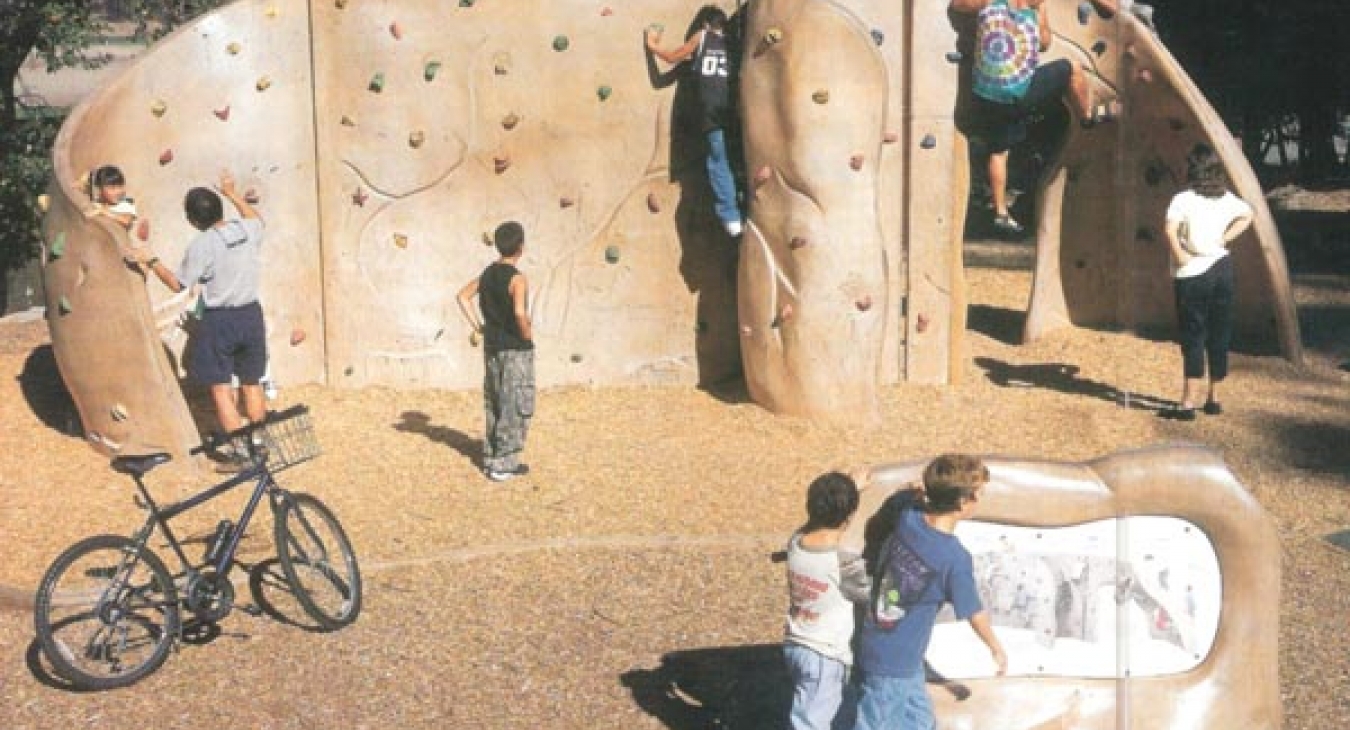

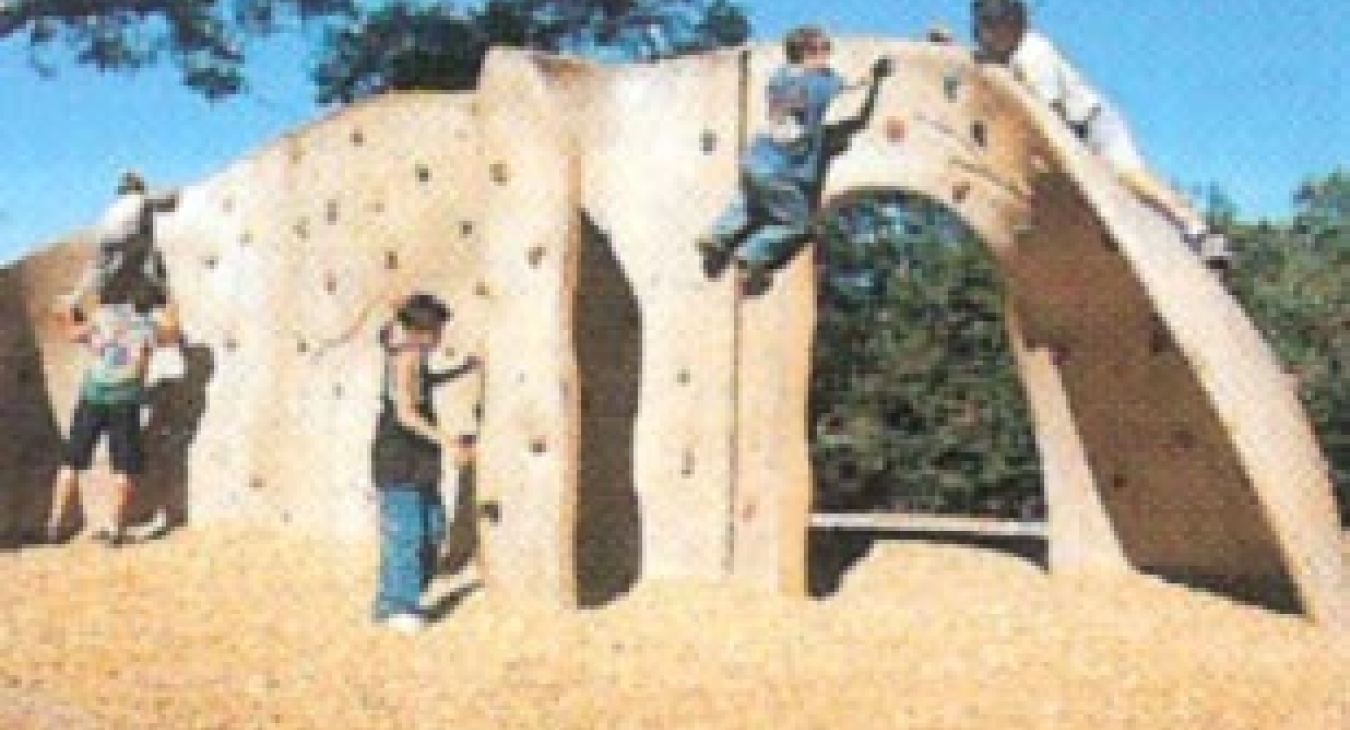

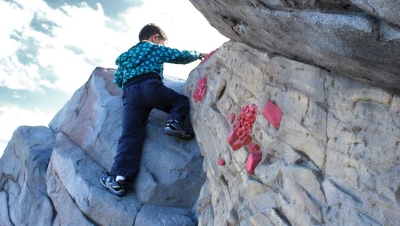

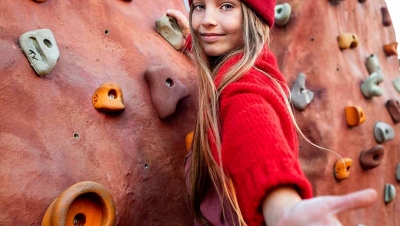
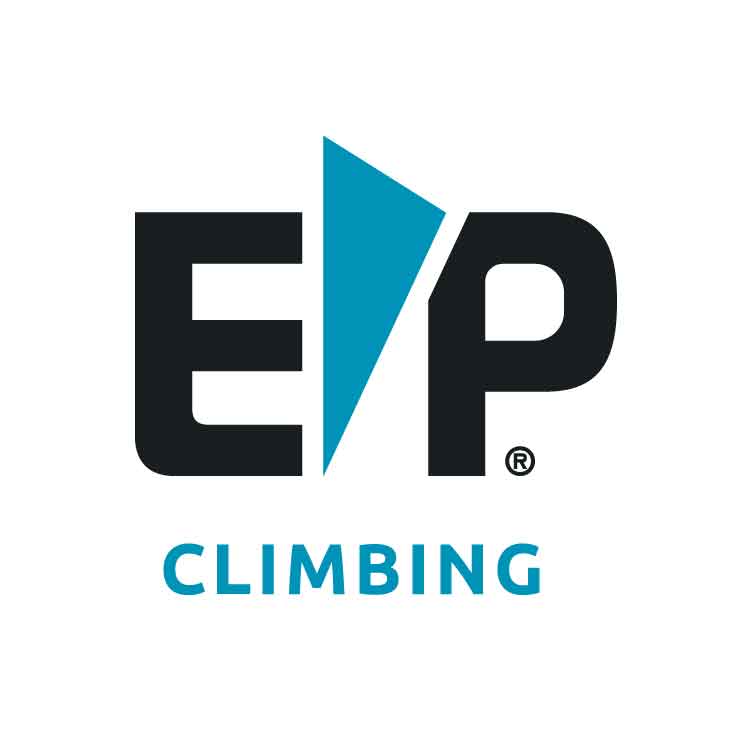
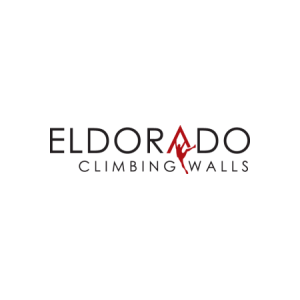
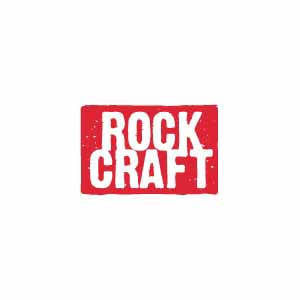



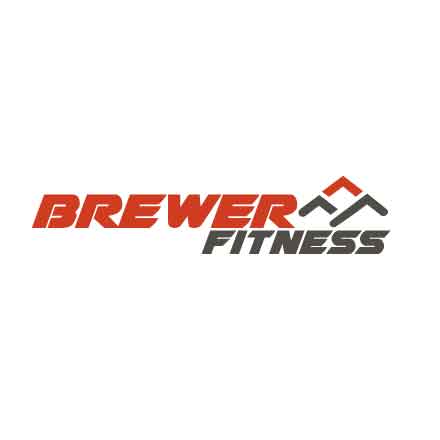
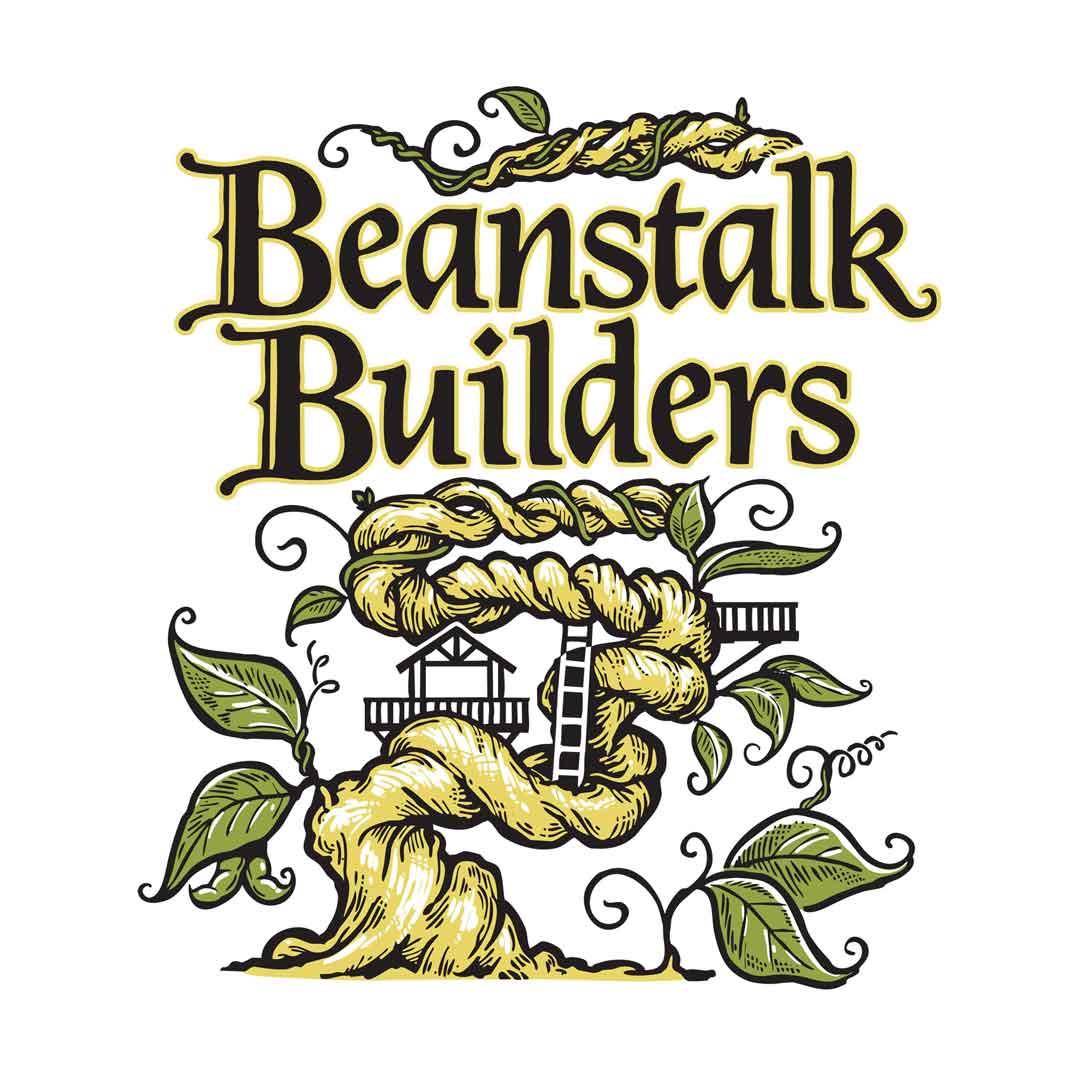
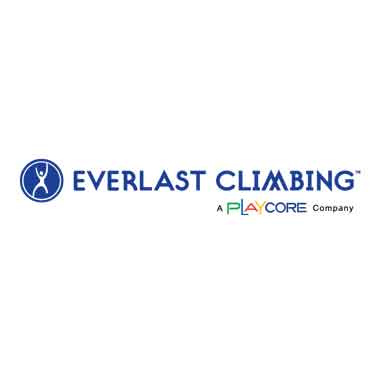
School wall
I’d love to get more information about your boldr wall. I don’t know if our elementary would approve this, but I’d love to try to get our PTO to raise money for this wall or other similar climbing opportunities for kids. Do you have experience with schools who have successfully implemented this equipment?
[email protected]
Replacement parts
I'm with the conrad public schools system. I'm looking for pricing and replacement parts.
[email protected]
BOLDR Climbing Systems
Interested in getting information on a BOLDR Climbing System similar to what is in the Dennis the Menace Park in Monterey, CA.
[email protected]
Replacement Hand holds and hardware
Looking for replacement handholds and hardware
Add new comment